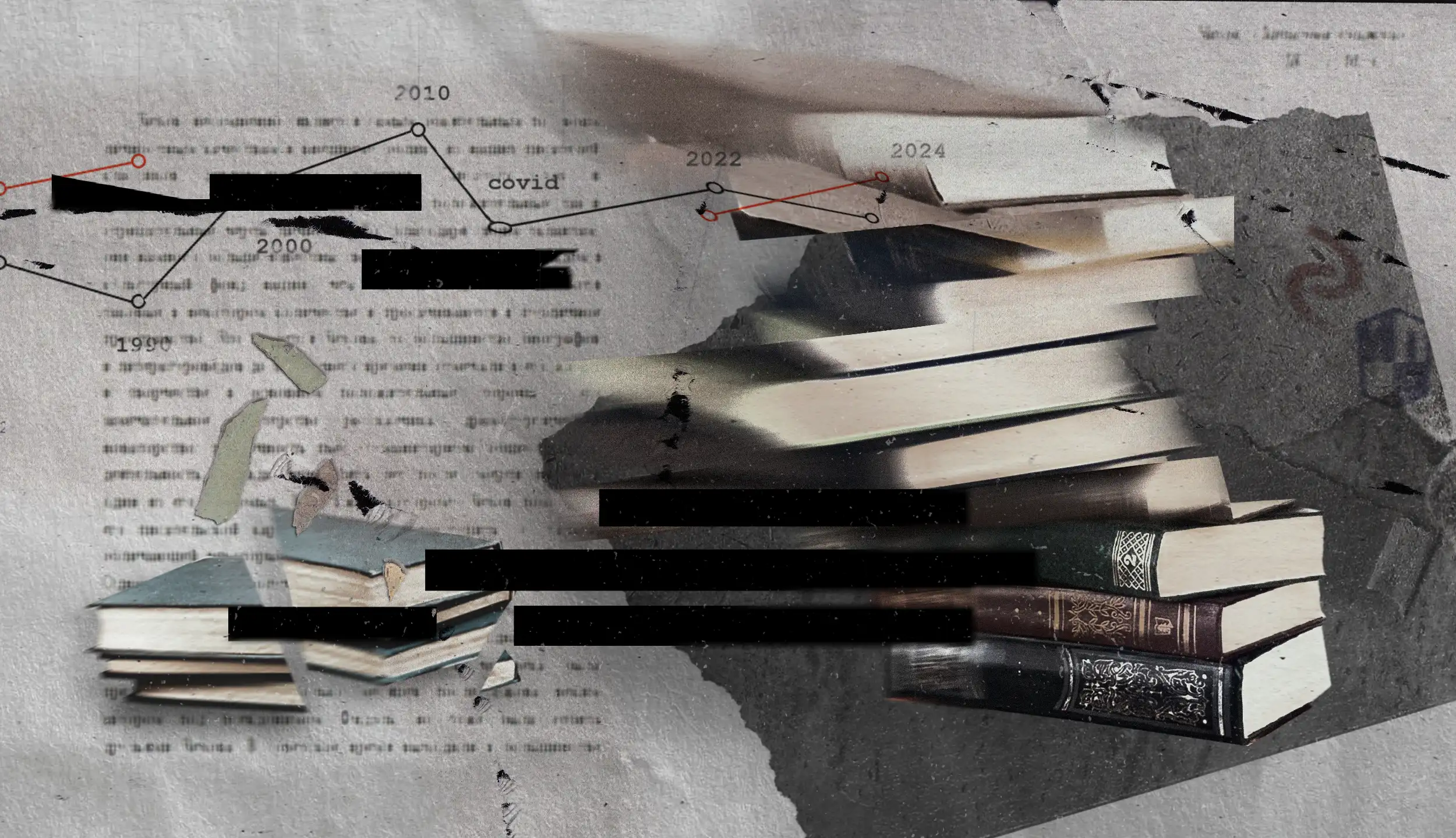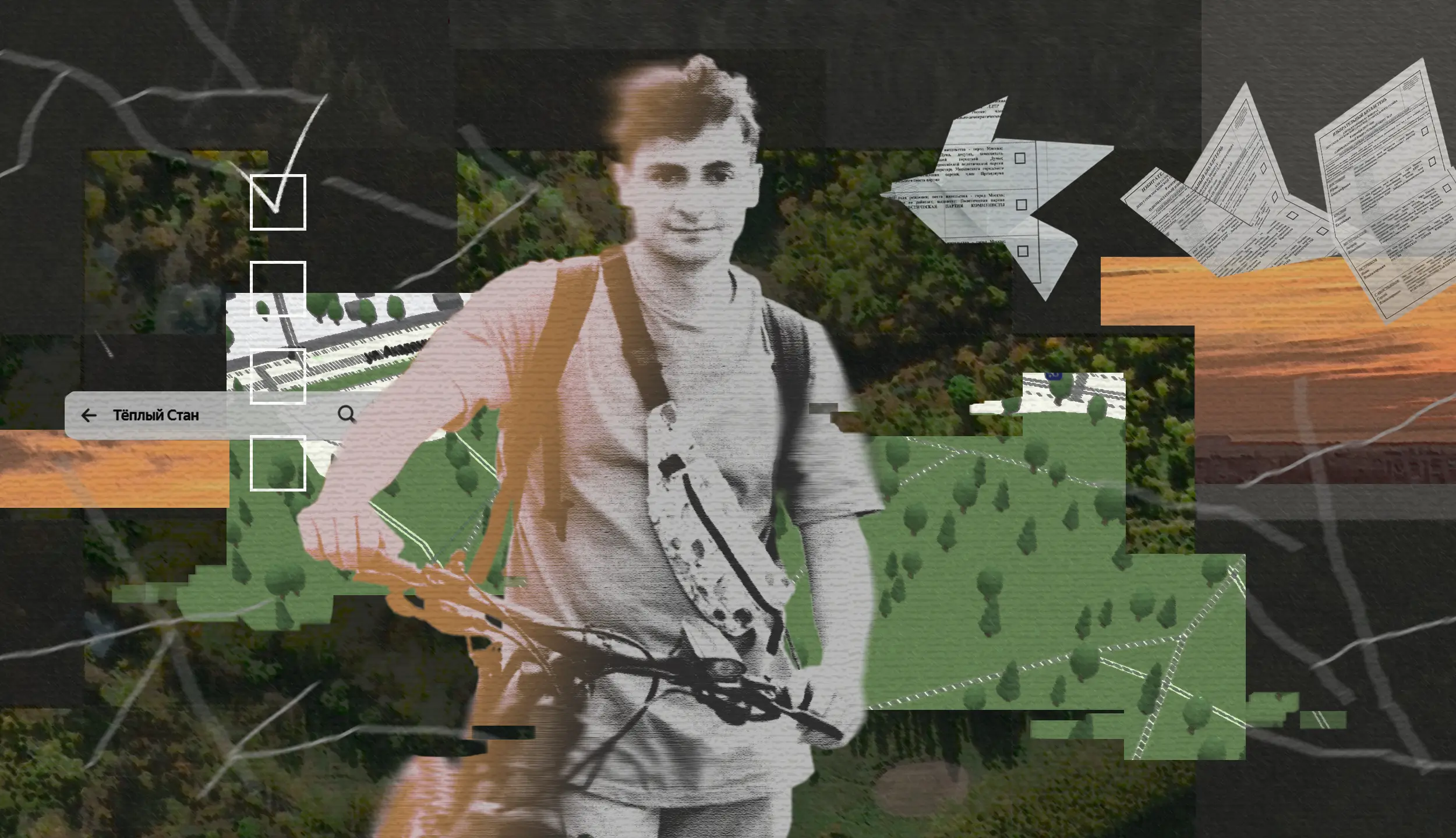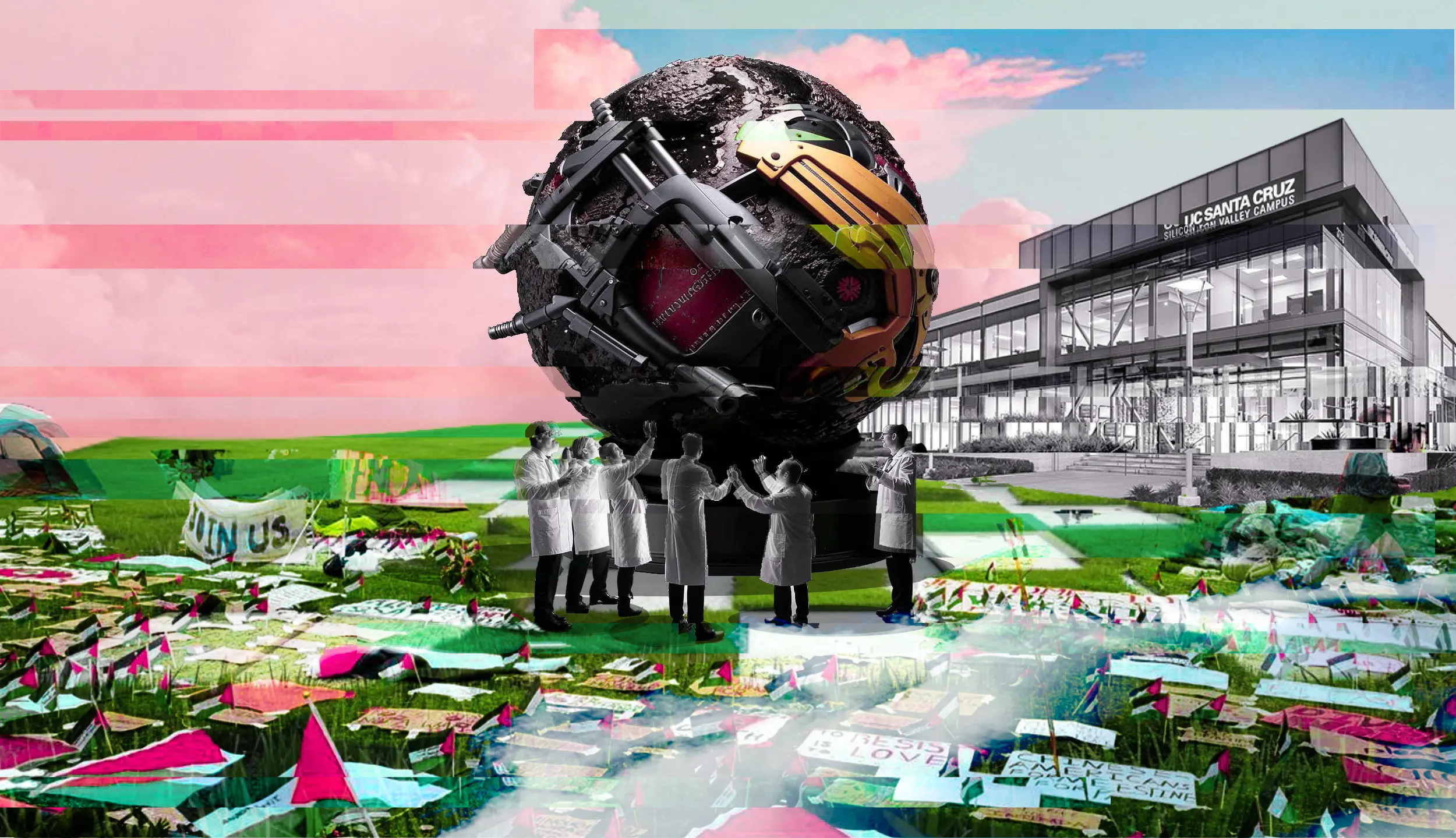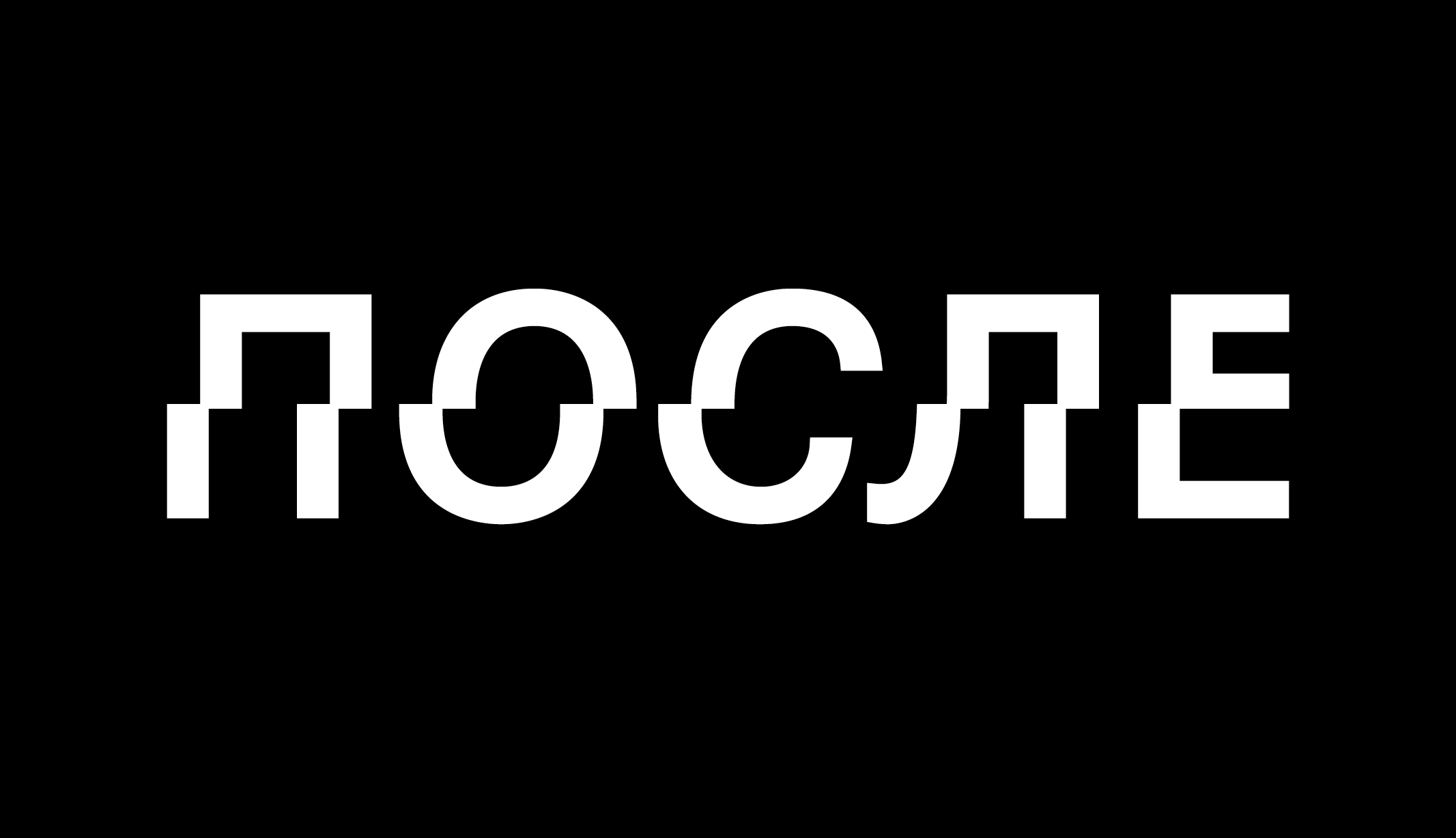January 21, 2024, marks one hundred years since the death of Vladimir Ulyanov (Lenin), the first head of the Soviet government. It is yet another inconvenient anniversary for the current Russian authorities. The centenaries of the Revolution of 1917, the establishment of the Red Army, and Russia’s withdrawal from World War I were essentially ignored by the country’s top officials. In 2020, the 150th anniversary of Lenin went quietly unnoticed as well. Neither the 30th anniversary of the USSR’s collapse in 2021 nor the centenary of its formation in December 2022 received any official acknowledgment. The Russian leadership neither criticizes nor glorifies major anniversaries of key events in the Soviet past. They simply ignore them.
Similarly, the centenary of Lenin’s death will likely be low-profile, but it does not mean that society lacks interest in this historical figure. On the contrary, over the past hundred years, the proposals of laying Lenin’s body to rest have sparked heated discussions about the significance of the Revolution, the symbols of the Soviet Union, and the moral character of the “leader of the proletarian class.”
Why wasn’t Lenin buried in 1924?
Lenin passed away on January 21, 1924, following his fourth stroke in two years, caused by arteriosclerosis (hardening of the blood vessel walls). The next day the body was embalmed for the funeral, scheduled for January 27, and was placed on public display in the House of Unions. Over three days, about a million people from all over the USSR came to pay their respects to the founder of the Soviet state.
At the same time, the Commission for Organizing Lenin’s funeral, later renamed the Commission for Perpetuating the Memory of Lenin, came up with the idea to keep Lenin’s body preserved for at least a month. Felix Dzerzhinsky, the Commission’s chairman, and some other committee members referred to the political need to let the people say goodbye to the body of the great revolutionary leader. Despite other Commission members’ disapproval, they did not consider the “open burial” as a quasi-religious cult but as a respectful tribute to a great man.
Vladimir Bonch-Bruyevich, a close friend of Lenin, recalled Nadezhda Krupskaya and other relatives being against “Lenin’s mummification.” There’s no precise evidence of this, but on January 30, 1924, the wife of the deceased leader published an article in Pravda newspaper urging workers and peasants not to build a cult around Lenin. “I kindly ask you,” Krupskaya wrote, “to not let your sorrow for Lenin turn into worship. Do not erect monuments and palaces in his name, or make lavish celebrations in his memory, etc, as all of these meant so little to him, he loathed such things.” However, she didn’t mention her preferred way of burial in the article.
The Political Bureau of the Communist Party (Politburo), however, decided for Lenin’s coffin to remain unburied for at least another month. The Commission published the corresponding decision on behalf of the USSR Central Executive Committee Presidium on January 26. It stated that in response to numerous requests from delegations unable to arrive in Moscow for the funeral, a decision was made to preserve Lenin’s body in the crypt open to the public. By that time, a temporary wooden mausoleum had been erected on Red Square.
Although the Commission compromised on temporarily leaving the body in the mausoleum, discussions increasingly raised the prospect of its preservation for “possibly long time.” Meanwhile, by late February, it was reported that Lenin’s body had started to decay. As the freezing temperatures, which had halted natural processes, began to fall, the signs of decomposition appeared. Experts consulted by the Commission couldn’t propose a satisfactory way to maintain the appearance of the deceased. Some solutions couldn’t guarantee a lasting effect, while others, such as using fixing fluids akin to anatomical preparations in jars, were rejected for aesthetic reasons. At that point, Commission members leaned more towards burying the remains.
However, one of the experts involved presented a different view. Vladimir Vorobyov, Professor of Anatomy at Kharkiv University, claimed he was ready to perform the necessary procedures for the preservation of the remains. The Commission seized this last opportunity, giving Vorobyov leeway. On March 25, 1924, the party announced its decision to “take steps scientifically available for long-term preservation of Lenin’s body.” The next day, Professor Vorobyov and his assistants commenced the embalming using experimental technology. If the anatomist team hadn’t started in time, undoubtedly, Lenin would have been buried. This challenging work lasted for three months.
During this period, the mausoleum was closed to visitors. Apparently, caught up in the idea of preserving the body, the party leadership forgot that the initial motivation for preserving the remains was to allow people to bid farewell to Lenin. For the regime, his body gradually turned into a symbol of Lenin’s immortal ideas. Party discussions revolved around creating a pilgrimage site for communists worldwide and turning Lenin’s grave into an emblem of immortality. Vorobyov and his team actually managed to develop a technique for preserving the body for years to come.
Why wasn’t Lenin buried in 1991?
Throughout Soviet rule, Lenin’s mausoleum became an integral part of political customs. The mausoleum’s tribune was a traditional venue for speeches delivered by Soviet leaders on major holidays such as Labor Day, Victory Day, October Revolution Day, and others. The top leaders of the state literally relied on Lenin’s authority when delivering speeches. The first head of the Soviet government became not only the embodiment of the Communist party and Soviet ideology but also a national symbol and an unquestionable moral authority.
Like his predecessors, Mikhail Gorbachev, the last General Secretary. sought to legitimize his policies of perestroika by appealing to Lenin. The justifications for reforms to democratize the political system, introduce market relations, or proclaim freedom of speech included references to the times when the “leader of the world proletarian class” still lived.
However, criticism of the foundations of socialism in society had gradually been growing. Decisions of the party leadership and Lenin himself were called into question. The previous idealization of Lenin was denounced, and his moral image was scrutinized. The “leader of the proletariat” was even subjected to defamation. Undoubtedly, the desacralization of his image mirrored the crisis of the political system he personified.
In 1989, when Lenin was still an unshakeable pillar of the regime, the issue of his body’s burial was publicly raised. The first to broach this subject was Mark Zakharov, a theater and film director. On April 21, 1989, during a live broadcast of the Vzglyad TV program, he said, “We can hate a person however much we want, or on the contrary, love him endlessly, but we have no right to deprive a human body of burial, or else we would be acting like ancient pagans.” Zakharov’s speech was greatly criticized at the Central Committee of the Communist Party Plenum. Due to this scandal, the head of the State Committee of Television and Radio Broadcasting of the Soviet Union, Gosteleradio, lost his post.
Two months later, on June 2, 1989, the issue of Lenin’s burial resurfaced at the First Convention of People’s Deputies of the USSR. This time writer Yuriy Karyakin claimed that Lenin allegedly wanted to be buried by his mother’s grave in the Volkovskoye Cemetery in Leningrad. On September 2, 1991, the Convention of People’s Deputies put forward the same proposal initiated by Anatoly Sobchak, the Mayor of St. Petersburg. The Mayor of Moscow, Gavriil Popov, later endorsed Sobchak’s proposal. While there is no documentary evidence of the last will of the leader, the rumors about it are, nevertheless, not uncommon up to this day. Sergey Debov, the director of the research laboratory at Lenin’s Mausoleum at the time, was likely to be right when noted, “It seems, those willing to bury Lenin today are willing to bury Leninism.”
Nonetheless, there were many willing to defend the crucial Soviet symbol at the time. According to surveys conducted by the Marxism-Leninism Institute in November 1990, 59% of citizens positively evaluated the personality of the Soviet state’s founder. Opponents of Lenin’s burial initiated a campaign to protect the mausoleum. Public committees in defense of Lenin and the society “Lenin and the Homeland” were established in Moscow. A telegram to Mikhail Gorbachev was sent demanding to “prevent an unprecedented act of vandalism and the crime that could have unforeseen and tragic consequences.” Newspapers published statements from Lenin’s relatives expressing concern about the proposed relocation of their ancestor’s remains to St. Petersburg. Pravda appealed to Gorbachev to oppose the removal of the remains of the Revolution’s leader from Red Square. Volunteer patrols guarded the mausoleum. Protesters stood at the Kremlin wall with signs reading, “Kolchak couldn’t do it, so Sobchak won’t!” Naturally, in such circumstances, the issue of Lenin’s burial could not proceed.
Why wasn’t Lenin buried in 1997?
After the USSR collapsed, the new leadership of the Russian Federation headed by Boris Yeltsin did not rush to dispose of the body of the Soviet state’s founder. Proposals, such as the one by Moscow Mayor Yuriy Luzhkov in October 1993 to “restore the historical appearance of Red Square” by removing not only Lenin’s body but the entire necropolis at the Kremlin wall, remained unanswered. This was likely because painful reforms to liberalize the economic system and the brutal impoverishment of the population made the socialist agenda, personified by Lenin, even more popular in Russia. At a moment so fraught with social upheaval, authorities were not inclined to further walk on thin ice.
However, the issue was increasingly politicized. In December 1995, amid the rise of social unrest and nostalgia for Soviet stability, the Communist Party of the Russian Federation gained a majority in the State Duma. From this point, a protracted conflict between the KPRF faction and the President began.
The issue of removing Lenin from the mausoleum became part of this conflict. In November 1996, V.I. Varennikov, a KPRF member, introduced a bill to the State Duma “On the Status of Red Square in Moscow”. It prohibited the reconstruction and development of buildings on Red Square interfering with its historical appearance. Obviously, the law was aimed against initiatives for Lenin’s burial. However, on March 14, 1997, during a meeting with the chief editors of leading Russian periodicals, Boris Yeltsin stated that Lenin needed to be buried, as he had allegedly bequeathed, next to his mother in St. Petersburg. In response, on April 2, 1997, the State Duma issued a special statement regarding Yeltsin’s remarks, calling them unlawful. The statement read: “The political bias of the President’s remarks is evident. They are in line with certain influential circles’ interests seeking to distort Russia’s history, redact from the people’s memory everything related to its Soviet period, namely its relics, monuments, and shrines.” On June 4, 1997, the State Duma finally passed Varennikov’s bill. However, a week later, the Federation Council, which was more loyal to the President, rejected it.
The conflict did not end there. A few days later, Yeltsin proposed conducting a nationwide referendum on the issue of Lenin’s burial. “The Communists will, of course, be against, but I am used to fighting with them”, he said at the time. The State Duma responded with a new statement, calling on the authorities and citizens of Russia to “prevent an act of political revenge against Lenin,” and labeled the proposal to bury the former leader’s body as “outright vandalism.” Even Alexy II, the Patriarch, initially cited by Yeltsin, urged resolving the issue in a way that “would not sow any discord or enmity in society and not disturb peace and harmony in the country.”
A nationwide survey conducted in July 1997 by the Public Opinion Foundation showed that the number of opponents and supporters of Lenin’s burial was approximately equal: 42% and 41%, respectively. As a result, the referendum was abandoned and the issue was removed from the agenda. Kremlin sources explained to the press that a referendum on the mausoleum would have turned into a vote of confidence for the current government. In the context of a difficult economic situation, it could have dealt a painful blow to the already low prestige of the President.
Why not bury Lenin in 2024?
Vladimir Putin, the new head of state, first articulated his stance on the issue during a major press conference in July 2001, “The country lived under the monopoly of the Communist Party for 70 years. It’s a lifetime of entire generations, therefore, many people associate their own lives with Lenin’s name. For them, his burial would mean that they worshipped false values, have been building their lives in a wrong way, and have lived in vain.” According to him, “stability and a certain consensus in society are the most significant achievements of recent times.” And these needed to be preserved.
Public discussion of Lenin’s burial flares up every few years consistently following a familiar script. Some public figures, often officials, make a statement on the necessity to remove Lenin’s body from the mausoleum. People who voiced this proposal on various occasions include the presidential envoy to the Central Federal District Georgy Poltavchenko, film director Nikita Mikhalkov, State Duma deputy Vladimir Medinsky, journalist Ksenia Sobchak, the head of the Chechen Republic Ramzan Kadyrov. Several public figures respond to the statement and the issue is heatedly discussed in the press. Afterward, Vladimir Putin himself or someone on his behalf soothingly reassures that the question of removing the body from the mausoleum was not on the agenda. It seems it is only raised to track public opinion.
However, let us summarize the main arguments in the discussion. Supporters of Lenin’s burial sometimes frame their proposals as a concern for the Soviet leader. They express the idea that he should be buried “in a proper way”, and that the current situation does not adhere to Christian practices. They also regularly refer to the nonexistent will of Lenin, stating his desire to be buried next to his mother at the Volkovskoye Cemetery. Others refer to the matters of public convenience: having the cemetery on Red Square, where public festivities regularly take place, is awkward. Finally, the most radical proponents of relocating the body consider Lenin an obsolete symbol, if not an outright state criminal.
Opponents of moving the remains emphasize the need to respect Lenin as a politician, for his legacy, or the memory of the Soviet past as such. Even those who view the “leader of the proletarian class” negatively, reason that burial would be disrespectful to the country’s history and express concerns that it could drive divisions in society. Finally, some argue that the fate of Lenin’s body is a far-fetched issue and is not the most urgent task.
The mausoleum is undoubtedly an inconvenient symbol for the Russian authorities. Since 1997, the country’s Presidents have not held parades at the mausoleum. On June 12, 2003, on Russia Day, Lenin’s mausoleum was covered with a national flag for the first time. Since 2004, for Victory Day and other mass events on Red Square, it has been consistently covered with plywood shields. This detail clearly highlights the fact that the Russian leadership does not want major holidays to be associated with the Soviet leader.
Putin himself has often mentioned Lenin in a negative context. In 2019, during his major annual press conference, the President called Lenin’s decision to grant the Soviet republics the right to secede from the state a “fundamental mistake in state-building.” However, he concluded his speech by talking about the future of Lenin’s embalmed body: “In my opinion, there’s no need to move it. At least while we have a lot of people who associate their own lives, their life paths with Lenin.” Overall, the position “it’s better not to stir things up” on issues that might cause unrest in society has remained unchanged in Russian memory politics over the last twenty years.
The concerns that removing the body from the Mausoleum could lead to a dangerous social division are not unfounded. The independent Levada Center has regularly conducted studies on public opinion regarding Lenin’s burial. The latest survey was conducted October 24-28, 2017. Respondents were asked, “Should Lenin’s body be left in the mausoleum or removed?” The results were based on interviews with 1600 people in 137 settlements across 48 country regions. In the end, the idea of removing the body from the mausoleum and leaving Lenin in his current place received an equal share of votes — 41%. Another 18% were undecided.
In 2020, the Public Opinion Foundation, on the 150th anniversary of Lenin’s birth, conducted a study asking respondents the question, “What comes to your mind first with the word ‘Lenin’?” Historian Boris Kolonitsky rightly divides the respondents’ answers into two categories. Firstly, they view Lenin as a historical figure (associated with: “October Revolution,” “leader,” “communism,” “USSR,” etc.). Secondly, they associate Lenin with nostalgia for Soviet life (“youth,” “Revolutionary Youth,” “pioneers,” “slogans,” etc.). In other words, besides recognizing Lenin as a prominent figure from the country’s past, his image became a part of a sentimental memory of the population’s personal history.
Lenin’s body in the mausoleum primarily represents the national symbol of the USSR, a status it acquired over the 70 years of Soviet rule. Even more so, its history reflects the history of attitudes toward the Soviet legacy. There was a desacralization of the Soviet leader’s remains following the collapse of the Soviet state. At the same time, the remains did not lose their symbolic significance. Because of this, Lenin’s body was made part of political rivalries in the ‘80s and ‘90s. For both sides, his burial meant rejecting the Soviet past. There were many defenders and opponents of such a symbolic initiative in those years.
Today, Lenin continues to be an inconvenient symbol for the Russian authorities. It is challenging to seamlessly integrate him into the thousand-year history of the Russian state. On the one hand, he was a revolutionary who fought against the Russian Empire. On the other hand, he was the founder of the country, of which the Russian Federation is the successor. The authorities seem to preserve the embalmed body, like any state symbol, such as Monomakh’s Cap. Overall, this reflects their noticeable desire to “protect” the state’s history from any negative interpretations.
The problem is that offering the only true version of events would be possible if the past was “cold” and did not evoke heated public discussions. In the absence of consensus, the country’s leadership seeks to entirely evade public discussion and political strife, seeing them as a source of dangerous social division. As a result, rather than holding a deeply divided society together, attempts to preserve the status quo regarding Lenin ironically contribute to maintaining these divisions and hinder the formation of a new national identity in today’s Russia.







